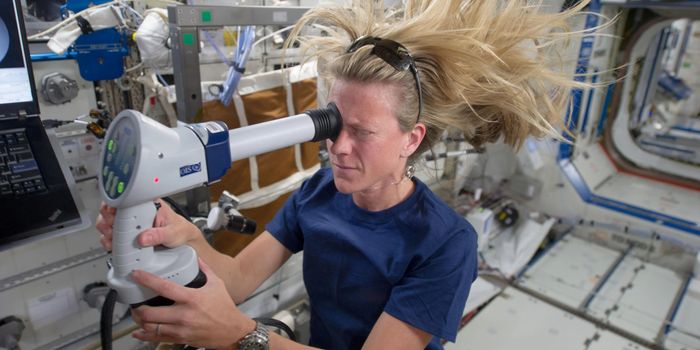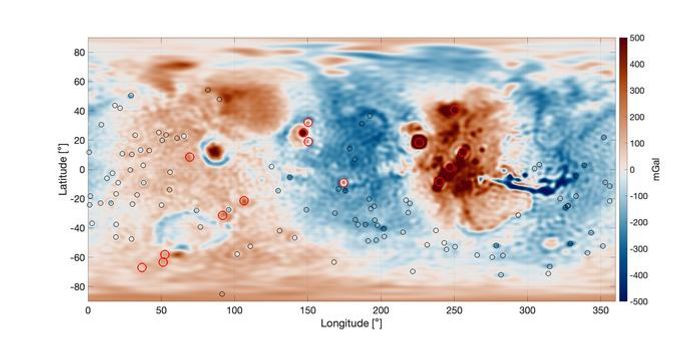Seismic Signals Suggest Meteorite Impact Rate on Mars
How many impacts occurs on the Red Planet per year? This is what a recent study published in Nature Astronomy hopes to address as a team of international researchers used seismic activity from marsquakes to determine the annual meteorite impact rate on the Red Planet. This study holds the potential to help researchers better understand planetary surface processes, specifically pertaining to determining ages, as impact craters are often used to estimate relative ages of planetary surfaces.
For the study, the researchers analyzed seismic data signals collected by the now-retired InSight lander which the researchers note they identified due to their unusual nature compared to marsquake data the lander had collected during its mission. In the end, the researchers found that between 280 to 360 basketball-sized meteorites impact the surface of Mars annually, resulting in craters more than 8 meters (26 feet) in diameter.
Three separate impact craters whose impacts were detected by NASA’s InSight lander and later imaged by the HiRISE camera onboard NASA’s Mars Reconnaissance Orbiter. (Credit: NASA/JPL-Caltech/University of Arizona)
“By using seismic data to better understand how often meteorites hit Mars and how these impacts change its surface, we can start piecing together a timeline of the red planet’s geological history and evolution,” said Dr. Natalia Wojcicka, who is a Research Associate at Imperial College London’s Department of Earth Science and Engineering and a co-author on the study. “You could think of it as a sort of ‘cosmic clock’ to help us date Martian surfaces, and maybe, further down the line, other planets in the Solar System.”
As noted, impact craters are often used to estimate the relative ages—estimated dates—of planetary surfaces, which contrasts with measuring absolute ages—actual dates—that are strictly determined by measuring decay of radioactive isotopes. This method is often referred to as “crater counting” and is used to determine relative ages of surface both on Mars and the Moon, as well.
Going forward, the team also recently published another study using atmospheric data obtained by InSight to also examine annual impact rates. The conclusions from both studies matched, which reinforces the notion that outside data can be used to estimate annual impact rates on Mars.
What new discoveries will researchers make about impacts on Mars in the coming years and decades? Only time will tell, and this is why we science!
As always, keep doing science & keep looking up!
Sources: Nature Astronomy, EurekAlert!









